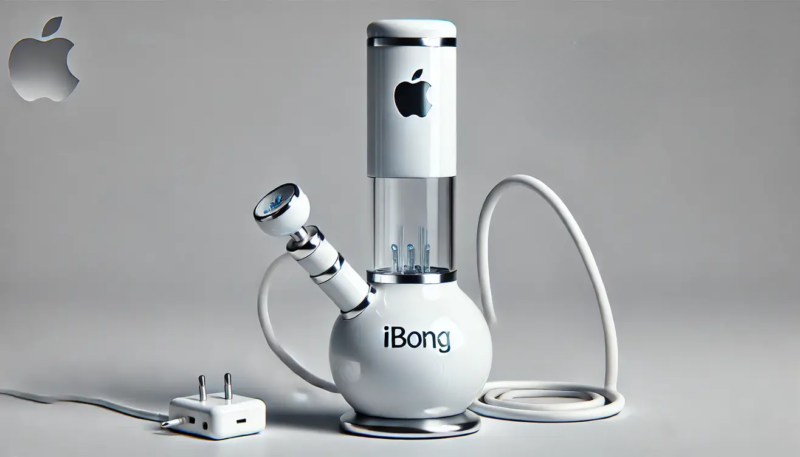When the 2018 Agricultural Improvement Act – widely known as the “Farm Bill” – passed, it was different from its predecessors in that, for the first time in the country’s history, the bill granted permissions for States to lay individual frameworks to cultivate hemp. The Farm Bill included the definition of hemp or hemp products requiring a delta-9 tetrahydrocannabinol (THC) concentration- one of the cannabinoids found in natural Cannabis crops – at less than 0.3%.The bill does not provide guidelines for other cannabinoids, whether natural (delta-9 THC-A), or synthetic (the lab-made delta-8 and/or delta-10 THC), leaving a loophole for these products to be unregulated.
As the legal Cannabis industry has continued to scale rapidly across the country in recent years, there’s been a subsequent rise in hemp-derived synthetic cannabinoid products such as delta-8, K2 and Spice among others. It’s easy to see why producers would be interested in developing an additional revenue stream with synthetic Cannabis products. Legal intoxicating Cannabis products are monitored by States, come with hefty taxes, high licensing fees and more financial hardships that are assigned to the distributor. This isn’t the case with synthetic products – as they are unregulated in most states, meaning they are untaxed, resulting in a quicker ramp-up time and often a high return on investment as there isn’t a legal framework to abide by.
It’s also easy to see why consumers would be drawn to synthetic Cannabis products at a surface level. With no Cannabis tax applied to the purchases, wide availability of products in gas stations, grocery stores, dispensaries etc. and a minimum legal age of 18 rather than 21, there’s been a steady increase in the demand for these products. 2021 saw an 850% increase in searches for delta-8, a synthetic cannabinoid. A 2022 study showed that 16% of Cannabis users also use delta-8, while a 2023 national survey of high school seniors returned that more than 11% of high school senior respondents reported using delta-8 within the past year.
The problem with synthetic Cannabis products is that – unbeknownst to most consumers – the industry is unregulated, and no framework exists for quality control to mitigate risk associated with consuming synthetic Cannabis in any form.
There’s a fallacy that exists that assumes that if a product can be purchased on shelves at a retailer that it is safe for consumption – and while this fallacy also can present with natural Cannabis products, hemp sets itself apart from its counterpart due to various factors including:
Production Process
Synthetic Cannabis products are lab-produced, most often, starting with a hemp product with a delta-9 THC lower than 0.3% (as is required by law). Through selective cultivation techniques, producers have increased the concentration of CBD in hemp.
Using chemical solvents, such as hexane, to change the molecular make-up of the CBD to modify it to become delta-8 or delta-10, unregulated cannabinoids. While chemical extractions/conversions are utilized in some industries (e.g. botanical extracts, dietary supplements) there are regulations in place to ensure that the concentration of the residual solvents from applied chemicals meet established maximum allowances. Many of these same solvents are used in producing synthetic Cannabis products but there are no regulations applied to ensure appropriate residual levels for modified products.
Hemp is Grown Outdoors
Unlike Cannabis, which is mostly grown indoors in controlled environments, hemp is typically grown outdoors and faces similar challenges to those seen in the food produce industry (spinach, Romaine lettuce). Hemp producers must account for a risk profile that includes but not limited to considerations for irrigation, external contaminant challenges (microbial, pesticides and metals) and less restrictive access to the fields by sources of contamination (animals).
Additionally, hemp can be considered an “environmental sponge,” pulling up excess fluids or deposits from the ground it’s grown in. This result can lead to higher levels of contaminants being concentrated in the plant.
Extractions Leads to Higher Concentration
As more studies are published on the potential for increased adverse effects from using synthetic products vs. natural counterparts, it’s important to remember that any time a chemical is extracted, it’s concentrated. By starting with a hemp product and extracting the CBD to genetically modify, there’s a predominant risk that existing microbial or fungal pathogens and/or their toxins are simultaneously scaled, which can mean an increase in the risk of illness.
Currently, both hemp and synthetic products do not require end point testing in most states, so products are placed on shelves for consumption without standard testing found across all other food and Cannabis sectors to ensure a safe product.
The next Farm Bill is currently working its way through Congress, and it is anticipated that updates to the current framework will include more broadly applicable language close gaps in regulating intoxicated cannabinoids produced by hemp.
In the interim, synthetic cultivators should work to establish best practices to control for microbial and chemical contaminants to minimize risk to consumers and optimize their operation’s workflow. An industry to mirror when setting up these procedures is the leafy green industry, including robust pathogen monitoring on irrigation effluent, in product testing and finished product testing.
While implementing this guidance may still result in outbreaks, these steps aid tremendously in minimizing risk from “seed to sale.” With the increase of product availability and higher demand than ever before for synthetic products, cultivators must work with diagnostic partners to apply the same stringent regulations that are in place for Cannabis and food markets for a collective commitment to furthering public health.
Got an opinion on this topic, or something else pressing in the cannabis space? Submit your opinion piece today for consideration!
Photo by David Gabrić on Unsplash







